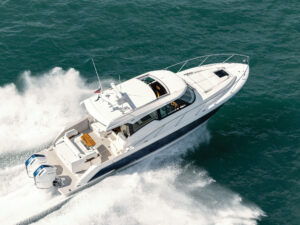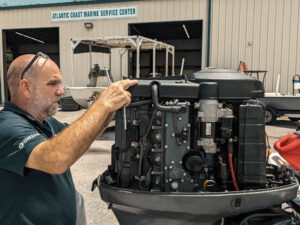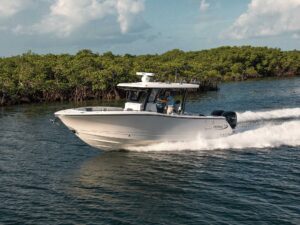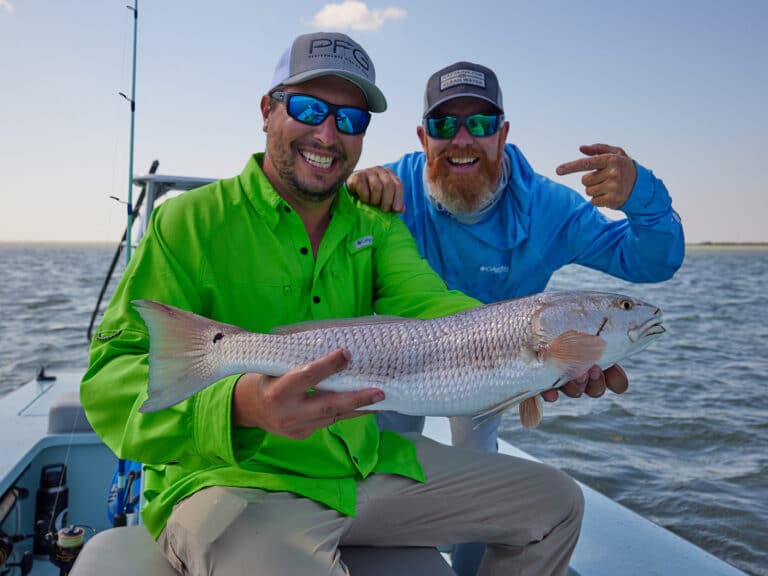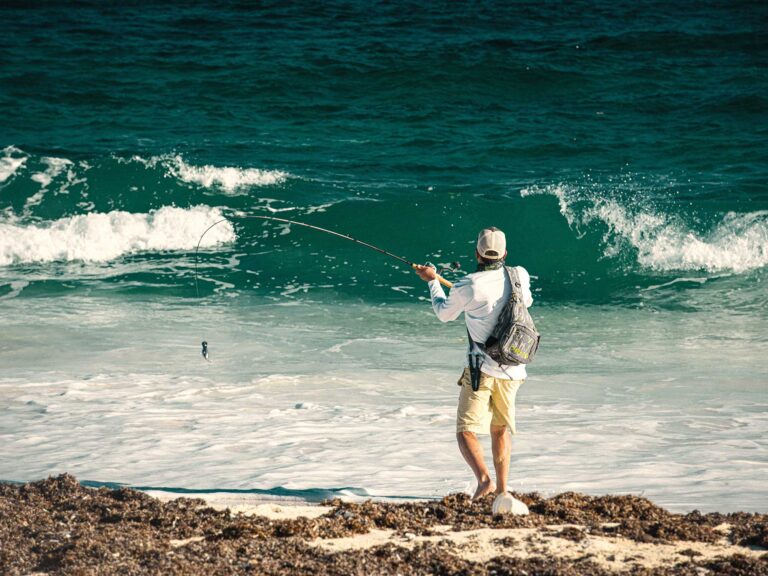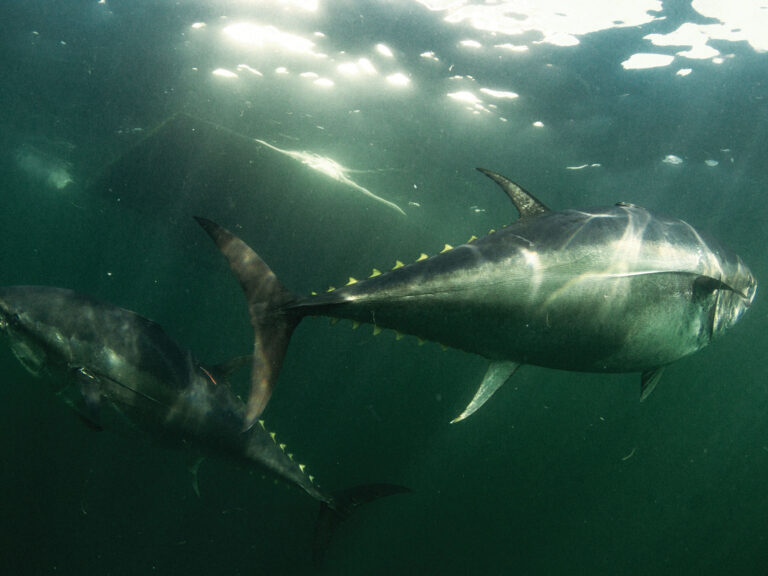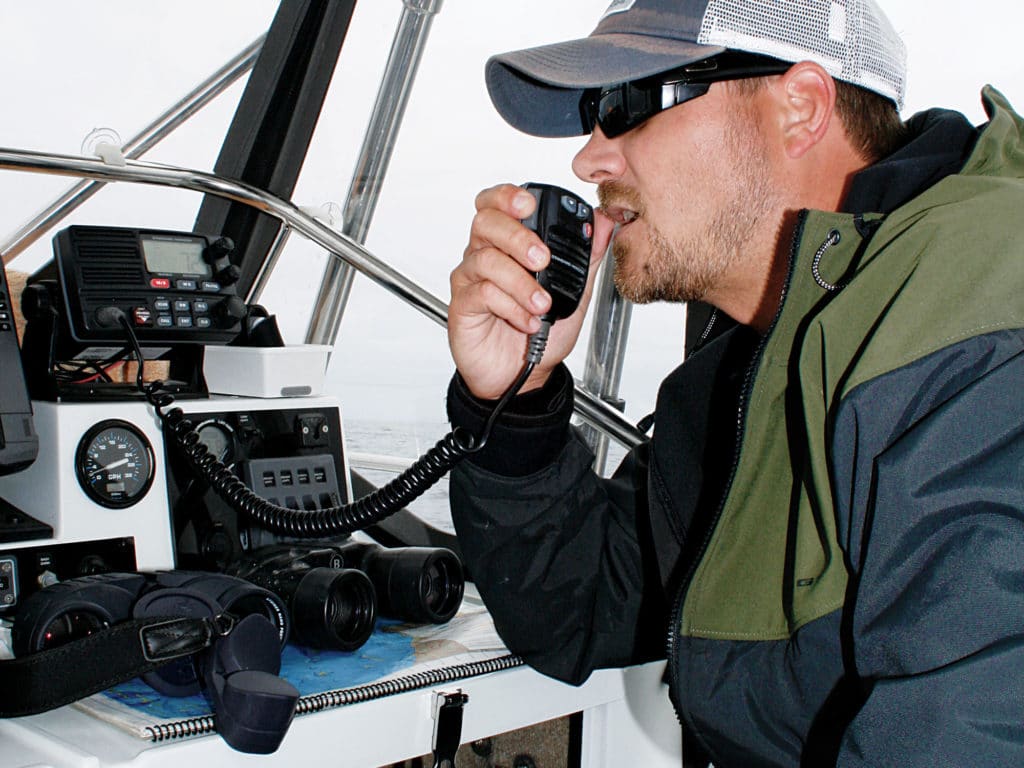
Vital Tool
A report of great offshore fishing 20 miles south came over the radio loud and clear on channel 72. I got on the VHF to congratulate the skipper and asked for a few more details, in case I decided to pursue the “radio fish.” Moments later, another captain, who was close to my position, called me to ask for information on the bite.
Turns out, he had heard only my portion of the transmissions. I filled him in but also wondered why I could hear the distant report and he couldn’t. According to VHF experts, there’s a number of reasons a fixed-mount radio might not receive nor transmit to its full potential. The age of your VHF and its components, and how you adjust the radio are determining factors, but so are antenna choice and installation, and the antenna-cable connection.
Aside from allowing you to catch more fish by picking up hot information from distant sources, maximizing the performance of your VHF can prove vital to boating safety, allowing you to communicate with as many potential rescuers as possible in an emergency. Here are seven tips for optimizing your VHF radio’s performance.
Shop Smart
As with most purchases, you get what you pay for. A bargain-priced VHF might perform well in the beginning, yet age, vibration and saltwater corrosion can degrade a radio’s ability to transmit and receive. Premium VHFs withstand such punishment better than bargain-priced models. Also, top-of-the-line VHF radios such as those from Icom or Standard Horizon offer greater sensitivity, which is important in picking up weak or distant transmissions. Buy a premium antenna. Premium VHF antennas such as the Digital and Shakespeare Galaxy feature brass and/or copper internal elements (versus coaxial cable elements in cheaper antennas) to help maximize the range at which your radio transmits and receives. Both examples are 8-foot antennas with 6 db gain, a combination that proves an excellent choice for optimizing VHF communications on most center console fishing boats. Premium antennas also feature UV-resistant finishes and corrosion-resistant stainless ferrules for greater durability.
Maximizing the performance of your VHF proves vital to boating safety, allowing you to communicate with multiple rescuers in an emergency.
Installation Matters
VHF antennas connect to the radio via a coaxial cable and a PL-259 connector. The plug portion of this connector is often left for the boat owner to solder onto the cable; leaving off the bulky plug makes it easier to route the cable. Yet a certain level of knowledge and skill is required to properly solder the plug onto the cable. A shoddy job can degrade your VHF communications. If you don’t feel confident with a soldering iron, ask a qualified marine electronics professional to make this connection for you. You can also buy an antenna with a solderless PL-259 connection system. The Digital 529-V features such a system.
Reach for the Sky
“VHF communication is based on line of sight, not power output,” says Jason Kennedy, executive vice president for Standard Horizon. All fixed-mount VHF marine radios are limited to 25 watts of transmission power. However, installing the antenna as high as possible enables you to make the most of it. The higher the antenna, the farther you can talk and listen, Kennedy says. For many boats, the ideal mounting location is on a hardtop or T-top, using a ratchet mount so the antenna folds down for trailering and running under low bridges. Mounting the antenna on a tower gives you even greater range, allowing you to communicate at distances that vessels without tower- mounted antennas only hope to achieve.
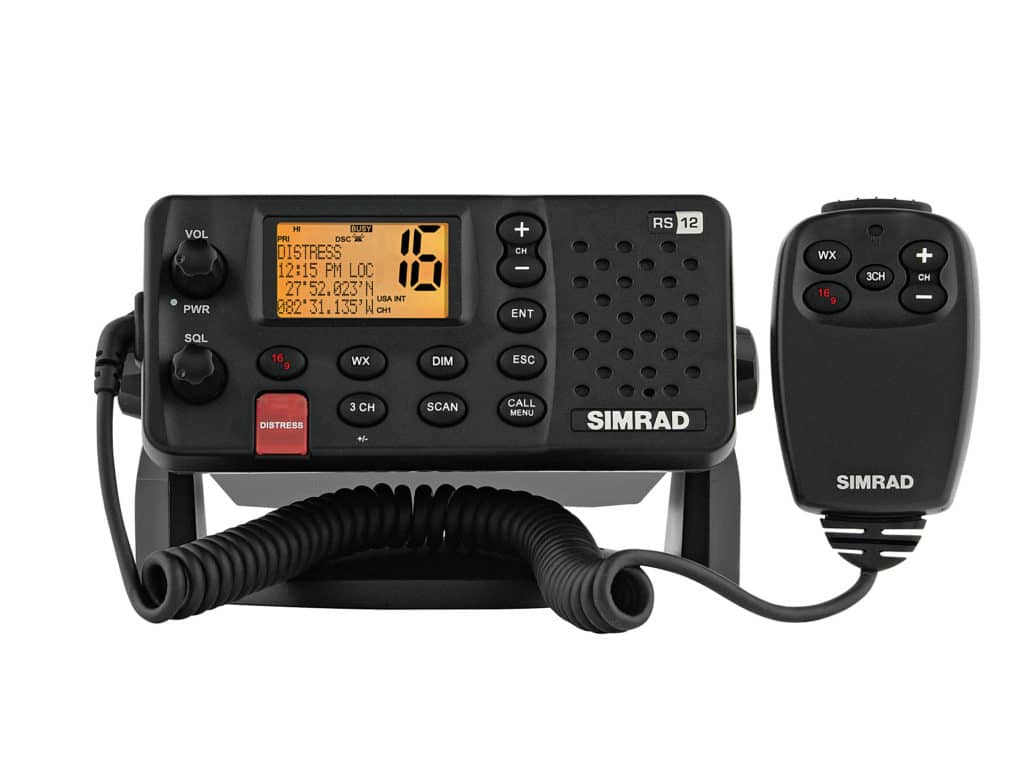
Fine-tuning
Turning up squelch helps to eliminate unwanted static, but excessive squelch also blocks out weak or distant transmissions. Start by turning squelch down completely. You will hear a lot of static. Then, gradually turn it up until the static stops. At the same time, make sure the volume is high enough to hear incoming communications. Ask for a radio check if you want to confirm squelch is adjusted properly. Sea Tow offers automated radio checks using channels 24 to 28 and 84, depending on the coastal region.
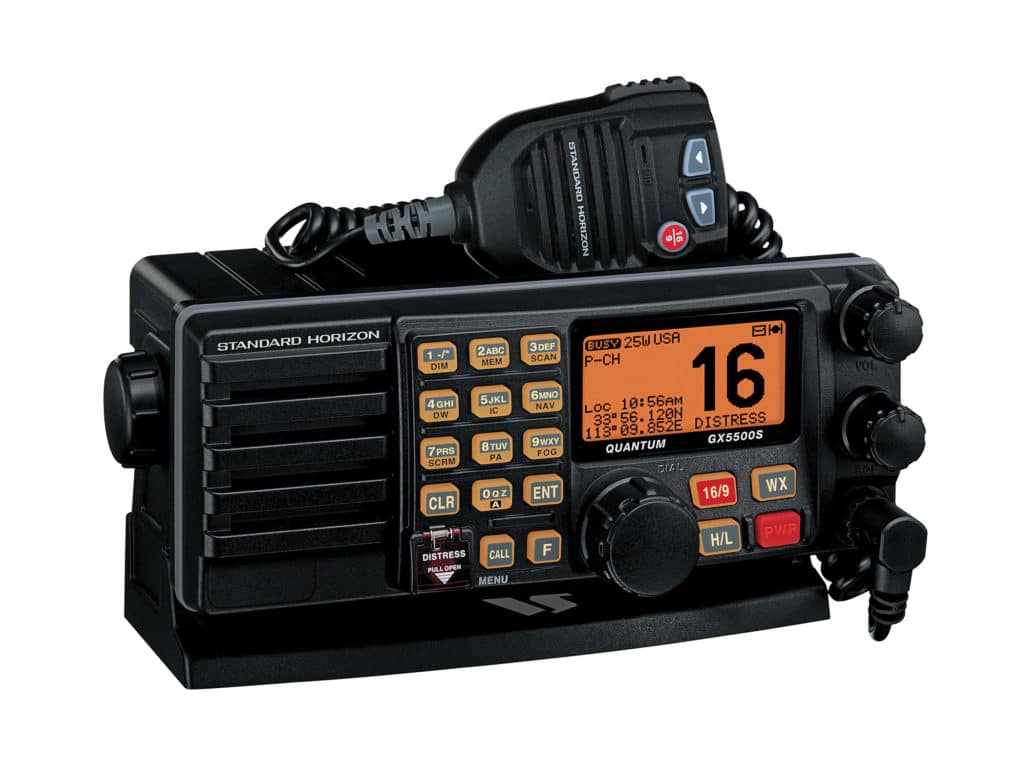
Systems Check
To ensure your radio and components perform their best, test them with a device such as the Shakespeare ART-3 sensitivity meter. In the antenna test mode, a reading higher than 3 indicates a need to inspect or possibly replace the antenna, cable or connector. In the VHF test mode, a tone should be heard through the static on channel 72 with the volume set at a third and squelch turned down completely. If you don’t hear the tone, there’s a problem with your radio’s performance.
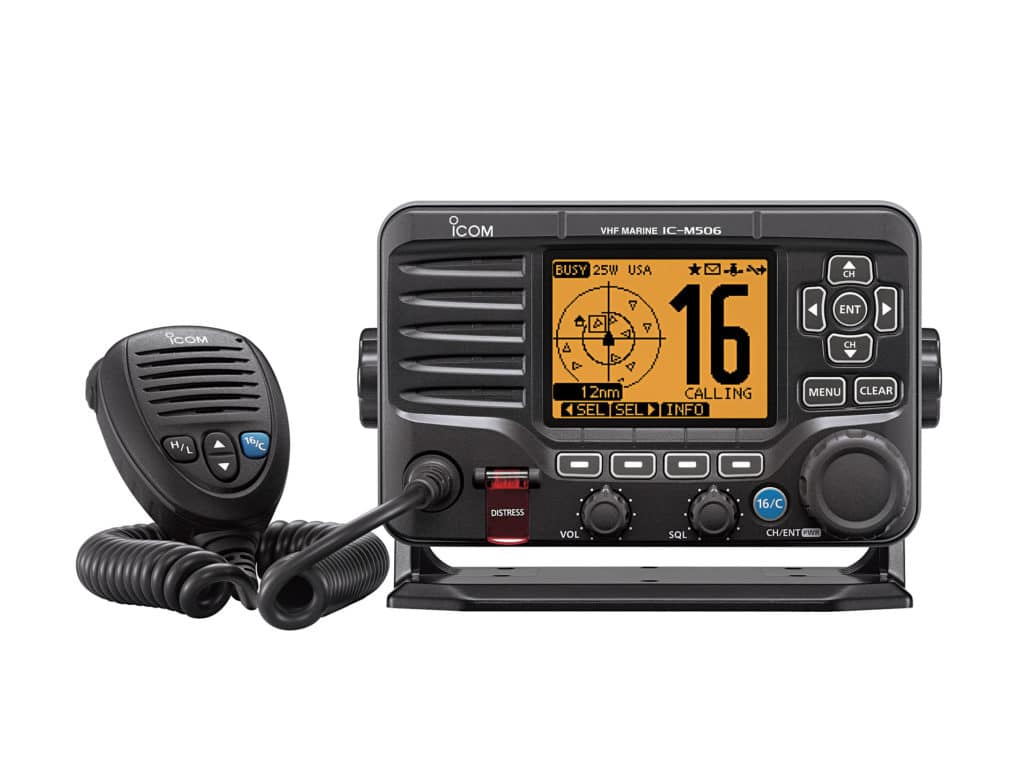
Full Power
A radio not receiving the proper DC voltage will not perform at its best, whether transmitting or receiving. Use a multimeter to test the voltage to the radio via the power cord. It should read between 12 and 14 volts. If voltage is below 11 volts, you have a problem.
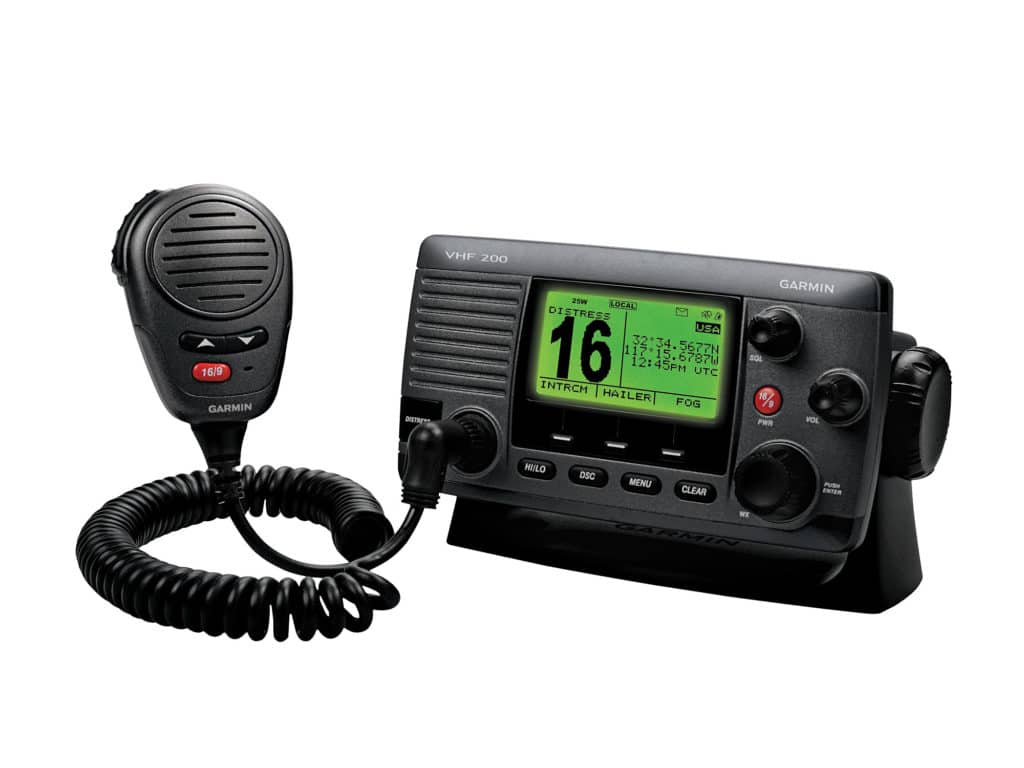
Sound Advice
The newer radios with noise-canceling microphones require that you hold the mic within inches of your mouth for effective transmissions, Kennedy says. “Your transmissions may be weak or faint on the receiving end, since the noise-canceling element may cancel your communications if you are too far away from the microphone.” Use these to tips to optimize the performance of your VHF, and those distant fish reports will come through loud and clear. Plus, it will help to ensure the safest fishing trips possible for you and your crew.

